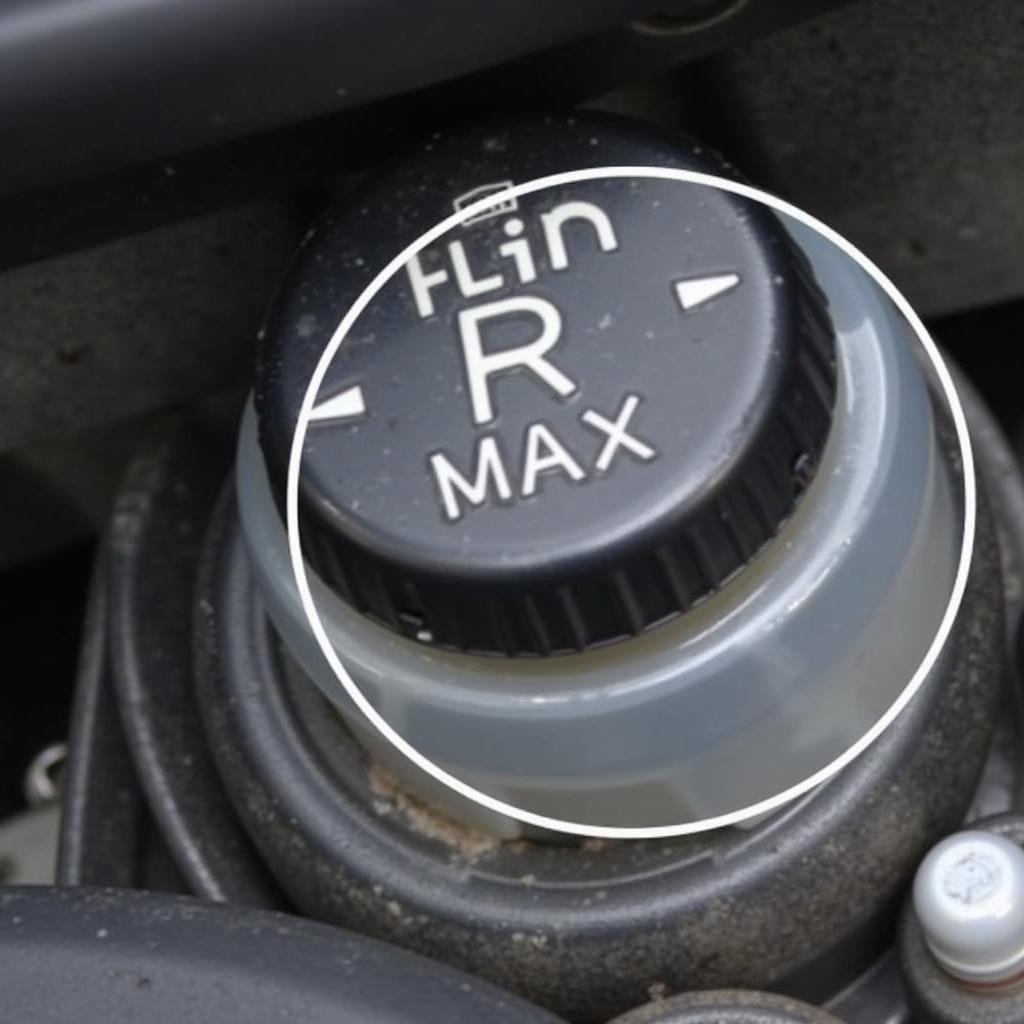Dealing with a malfunctioning anti-theft system can be incredibly frustrating. Your car might refuse to start, the alarm could be blaring incessantly, or you might be locked out entirely. But before you consider drastic measures, this comprehensive guide will walk you through some common causes and fixes, helping you get back on the road quickly.
Understanding the Problem
Anti-theft systems, while crucial for vehicle security, can sometimes act up. Let’s delve into common reasons why your anti-theft system might be throwing a tantrum:
Common Causes of Anti-Theft System Issues:
- Weak or Dead Car Battery: The most frequent culprit, a low battery can disrupt the anti-theft system’s signal reception, causing it to misinterpret signals and trigger problems.
- Faulty Key Fob Battery: Similar to your car battery, a weak key fob battery can disrupt the immobilizer system, preventing the vehicle from starting.
- Damaged Key Fob: Physical damage to the key fob or its internal components can also lead to communication errors with your vehicle’s anti-theft system.
- Malfunctioning Ignition Switch: A faulty ignition switch might not be able to send the correct signal to deactivate the immobilizer system.
- Faulty Sensors: Issues with door lock sensors, hood latch sensors, or other security sensors can trigger the alarm or prevent the vehicle from starting.
Identifying the Culprit
Before attempting any fixes, it’s essential to pinpoint the root of the issue. Look out for these telltale signs:
- Rapidly Flashing Security Light: This often indicates the anti-theft system is activated and detecting a potential threat.
- Clicking Sounds When Starting: Repeated clicking noises when you try to start the engine could signify a problem with the starter motor, potentially linked to a faulty immobilizer signal.
- Car Horn Blaring: An unexpectedly blaring horn, particularly when entering or exiting the vehicle, can indicate a problem with the alarm system.
Tools and Equipment
Having the right tools can make the troubleshooting process smoother. Here’s what you might need:
- Voltage Meter/Multimeter: To check your car battery and key fob battery voltage.
- Replacement Batteries: Have fresh batteries on hand for both your car and key fob.
- Code Reader: A code reader or OBD-II scanner can help you read diagnostic trouble codes stored in your car’s computer, providing valuable insights into the issue.
- Owner’s Manual: Your vehicle’s owner’s manual is an invaluable resource for understanding your specific anti-theft system and any troubleshooting procedures.
Troubleshooting and Fixes
Here are some steps you can take to potentially resolve common anti-theft system issues:
-
Check Your Car Battery: Use a voltage meter to check your car battery. If it’s low, try jump-starting your vehicle. If the problem persists even with a fully charged battery, move on to the next step.
-
Inspect and Replace Key Fob Battery: Replace the battery in your key fob, even if it seems relatively new.
-
Try a Spare Key: If you have a spare key, try using it to start your vehicle. This helps determine if the issue is with your primary key fob.
-
Reset the System: Many vehicles have a way to reset the anti-theft system manually. Refer to your owner’s manual for specific instructions on how to do this for your car model. It might involve a combination of key turns, door locking/unlocking, or button presses.
-
Check Fuses: Locate your car’s fuse box (refer to the owner’s manual) and check the fuses related to the anti-theft system and ignition. If you find a blown fuse, replace it with a new one of the same amperage.
Seeking Professional Help
If these steps don’t resolve the issue, it’s best to seek professional assistance. A qualified automotive locksmith or mechanic specializing in automotive electronics can diagnose and repair more complex anti-theft system problems, including:
- Reprogramming Keys: If your key fob needs to be reprogrammed, a professional can use specialized equipment to sync it with your vehicle’s immobilizer system.
- Repairing or Replacing Faulty Components: In cases where sensors, wiring, or control modules are faulty, a mechanic can diagnose and replace the problematic parts.
Frequently Asked Questions
Q: Can I bypass the anti-theft system in my car?
A: While it’s technically possible, bypassing your anti-theft system is strongly discouraged. Doing so makes your vehicle highly vulnerable to theft and can void your insurance in some cases.
Q: How much does it cost to fix an anti-theft system?
A: The cost can range widely depending on the problem’s complexity, the make and model of your car, and labor costs in your area.
Q: Can Cardiagtech help me with my anti-theft system issues?
A: While Cardiagtech specializes in remote diagnostics and software solutions, we recommend consulting with a qualified mechanic or automotive locksmith for hands-on repairs of your anti-theft system. For more information about our diagnostic tools and software, visit our website at Cardiagtech.com.
Conclusion
Remember, a properly functioning anti-theft system is vital for your vehicle’s security. By understanding common issues and following these troubleshooting tips, you can often resolve minor problems yourself. However, for complex issues, always seek professional assistance. For other helpful guides on car maintenance and troubleshooting, explore more articles on CARDIAGTECH.
To delve deeper into specific anti-theft system issues related to certain car models, you might find these articles insightful:

